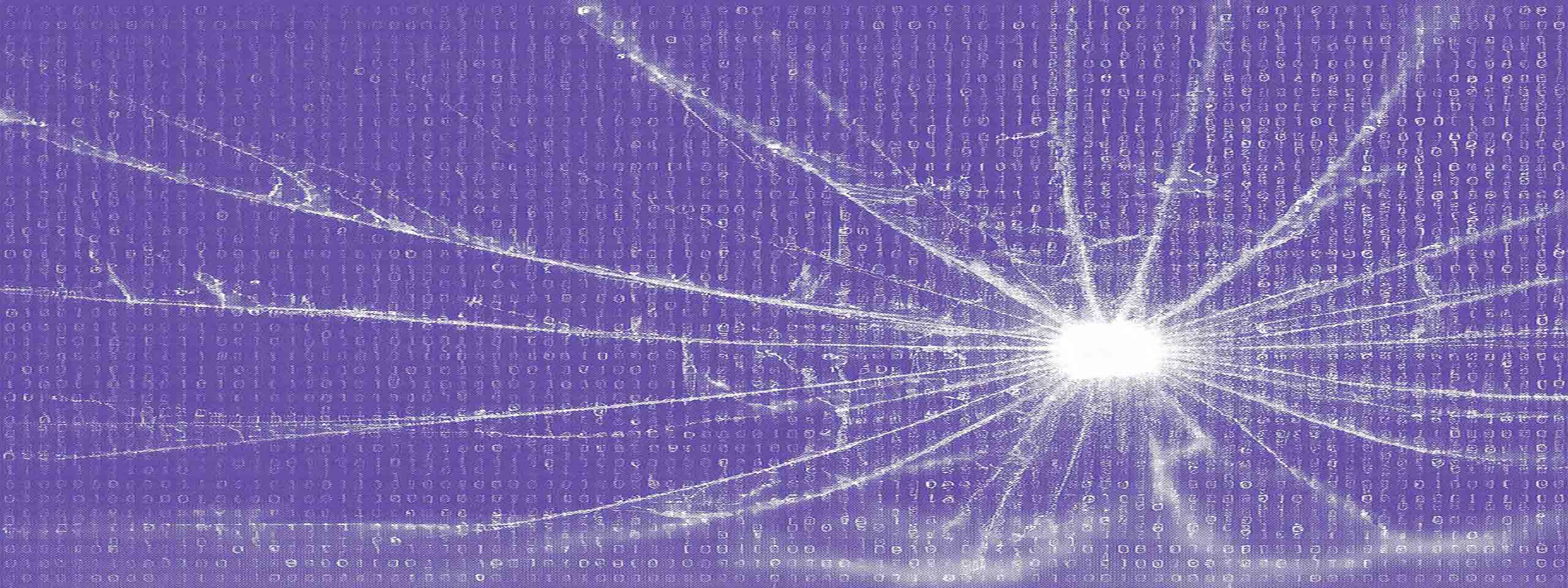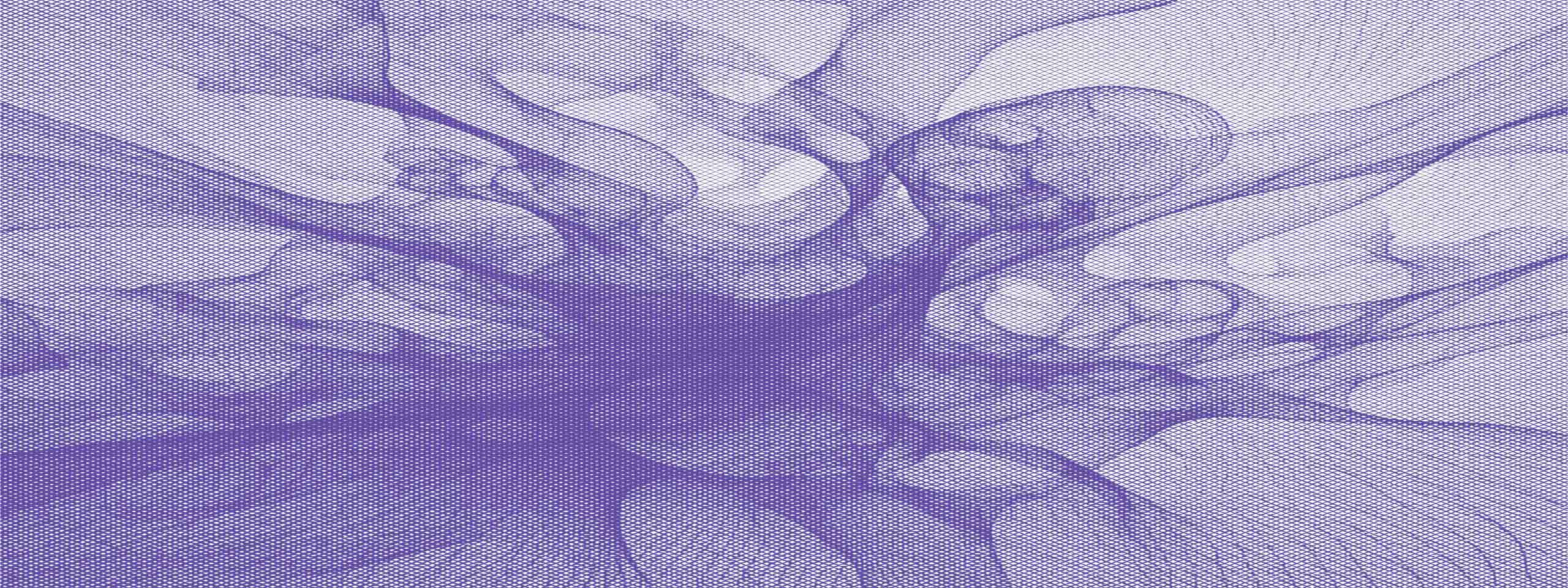Invisible Networks
July Ramirez

Beyond the Surface: Embracing the Chaos of the Dark Web
The internet, as we know it, operates on a familiar surface, where everything we interact with seems organized, accessible, and under control. This is the “surface web,” a place where algorithms, social media, and search engines shape our reality, guiding us toward easily categorized truths and reinforcing our sense of order. Yet, like an iceberg, what we see on the surface is just a fraction of what exists. Beneath this visible layer lies the Dark Web, a space that operates in the shadows, free from traditional boundaries and structures—a place that defies linearity and resists control.
To understand the Dark Web is to venture into an ecosystem of encrypted information that exists outside the familiar frameworks of our digital world. Technologies like TOR (The Onion Router) serve as gateways, peeling back the layers of the internet to reveal a decentralized network where anonymity is both a tool and a necessity. This environment is chaotic, not in the sense of disorder, but in its defiance of the conventional narrative structures that shape our understanding. Here, information flows in unpredictable currents, existing beyond the reach of mainstream oversight and often beyond our comprehension.

“It suggests a future where information flows freely, unhindered by borders or governance, in a perpetual state of flux.“
In many ways, the Dark Web mirrors our own human instincts. Just as we strive to categorize the unknown in our daily lives—seeking patterns, creating narratives to explain what we don’t fully understand—we approach the internet with the same desire for clarity and control. On the surface, we’re fed carefully curated information, guiding us toward familiar structures and reinforcing our beliefs. We cling to the known, for it feels safe, manageable. But the Dark Web pulls us in a different direction, challenging us to embrace what we can’t immediately explain or categorize.
The decentralized nature of the Dark Web is emblematic of a shift in our world—a movement away from centralized control towards a fragmented, fluid network. Governments have attempted to dismantle its markets and impose regulation, yet the network simply adapts, reconfiguring itself like branches of an ancient tree that keep growing regardless of how often they are trimmed. This resilience embodies a kind of chaotic order, a self-sustaining system that allows for privacy and encryption to evolve in ways that traditional networks cannot accommodate. It suggests a future where information flows freely, unhindered by borders or governance, in a perpetual state of flux.
In this way, the Dark Web isn’t just an alternative network. It’s a glimpse into the future of information, a vision where anonymity and decentralization are valued over structure and control. It’s both liberating and disorienting—a space where individuals can seek information without compromise, but also a breeding ground for obscurity and confusion. This duality reflects the tensions we experience in our increasingly digitized world: the pull between openness and privacy, between order and chaos.

“The unknown can feel chaotic and disruptive which can make people uneasy, so the mind looks for familiar structures or narratives.”
The Dark Web challenges our need for structure, urging us to confront a system that operates outside our usual understanding. Even though it may seem like pure chaos, the Dark Web has its own intrinsic order. It is dynamic and flexible, a network shaped directly by users’ intentions, and this lack of predictability is precisely what makes it both captivating and unsettling. As our networks evolve, so too do our notions of governance and control. The internet was initially built on principles of openness and connection, yet the Dark Web signifies a pivot—a movement inward toward privacy, autonomy, and decentralization. As we peel back the layers of our digital world, we are confronted with a question: are we ready to embrace this chaotic form of freedom? Or will we once again attempt to impose order on a system that defies it? The answer isn’t clear, but one thing is certain: the rules are changing, and we’re only beginning to grasp what that might mean.
In this uncharted territory, where anonymity replaces identity and privacy supersedes order, the Dark Web invites us to let go of our need for control. It is a reflection of the unknown within ourselves—a reminder that some things cannot and perhaps should not be categorized or constrained. As we move further into this digital age, it is up to us to decide: will we stand on the surface, bound by the familiar, or will we venture into the depths, embracing the chaos and seeking out the hidden truths that lie beneath?



